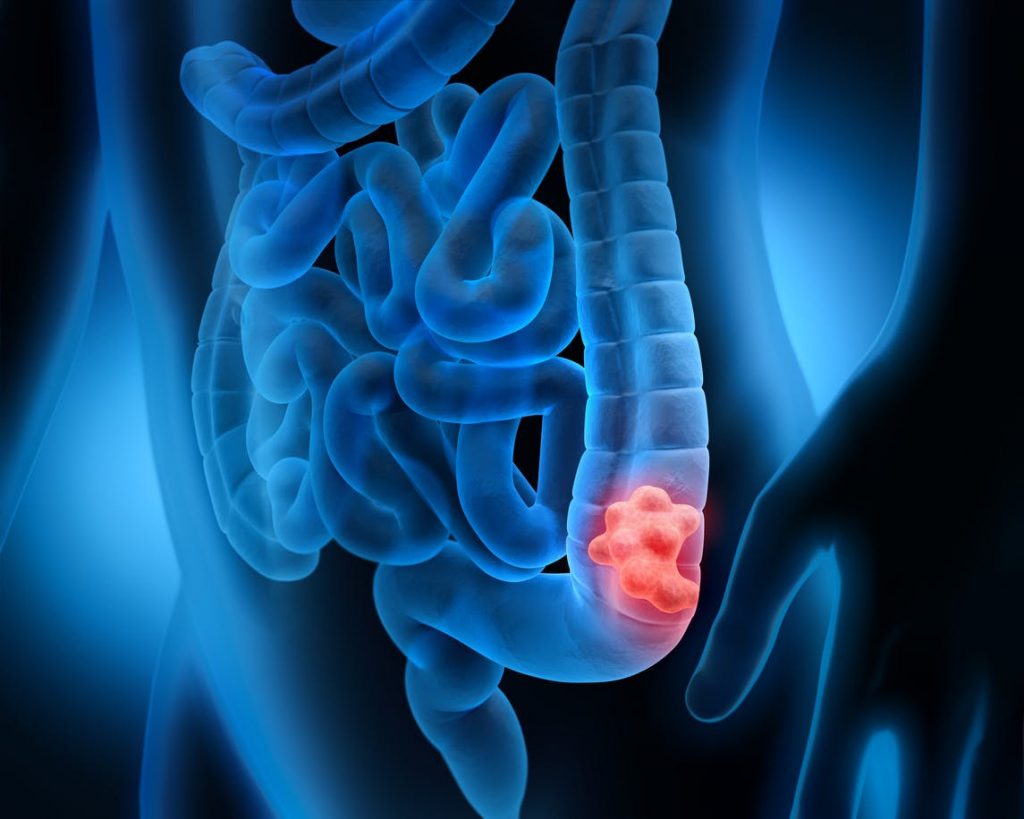[et_pb_section bb_built=”1″ _builder_version=”3.22.3″ width=”107.1%” custom_margin=”0px|-130px||||” custom_padding=”4px|0px||||”][et_pb_row custom_padding=”0px|0px|0px|1px||” custom_margin=”-15px|132px||-1px||” _builder_version=”3.22.3″ background_size=”initial” background_position=”top_left” background_repeat=”repeat” width=”99.3%”][et_pb_column type=”4_4″][et_pb_text _builder_version=”3.23.3″ text_line_height=”1.5″ width=”100%” z_index_tablet=”500″ text_text_shadow_horizontal_length_tablet=”0px” text_text_shadow_vertical_length_tablet=”0px” text_text_shadow_blur_strength_tablet=”1px” link_text_shadow_horizontal_length_tablet=”0px” link_text_shadow_vertical_length_tablet=”0px” link_text_shadow_blur_strength_tablet=”1px” ul_text_shadow_horizontal_length_tablet=”0px” ul_text_shadow_vertical_length_tablet=”0px” ul_text_shadow_blur_strength_tablet=”1px” ol_text_shadow_horizontal_length_tablet=”0px” ol_text_shadow_vertical_length_tablet=”0px” ol_text_shadow_blur_strength_tablet=”1px” quote_text_shadow_horizontal_length_tablet=”0px” quote_text_shadow_vertical_length_tablet=”0px” quote_text_shadow_blur_strength_tablet=”1px” header_text_shadow_horizontal_length_tablet=”0px” header_text_shadow_vertical_length_tablet=”0px” header_text_shadow_blur_strength_tablet=”1px” header_2_text_shadow_horizontal_length_tablet=”0px” header_2_text_shadow_vertical_length_tablet=”0px” header_2_text_shadow_blur_strength_tablet=”1px” header_3_text_shadow_horizontal_length_tablet=”0px” header_3_text_shadow_vertical_length_tablet=”0px” header_3_text_shadow_blur_strength_tablet=”1px” header_4_text_shadow_horizontal_length_tablet=”0px” header_4_text_shadow_vertical_length_tablet=”0px” header_4_text_shadow_blur_strength_tablet=”1px” header_5_text_shadow_horizontal_length_tablet=”0px” header_5_text_shadow_vertical_length_tablet=”0px” header_5_text_shadow_blur_strength_tablet=”1px” header_6_text_shadow_horizontal_length_tablet=”0px” header_6_text_shadow_vertical_length_tablet=”0px” header_6_text_shadow_blur_strength_tablet=”1px” box_shadow_horizontal_tablet=”0px” box_shadow_vertical_tablet=”0px” box_shadow_blur_tablet=”40px” box_shadow_spread_tablet=”0px” inline_fonts=”Arvo” text_text_shadow_horizontal_length=”text_text_shadow_style,%91object Object%93″ text_text_shadow_vertical_length=”text_text_shadow_style,%91object Object%93″ text_text_shadow_blur_strength=”text_text_shadow_style,%91object Object%93″ link_text_shadow_horizontal_length=”link_text_shadow_style,%91object Object%93″ link_text_shadow_vertical_length=”link_text_shadow_style,%91object Object%93″ link_text_shadow_blur_strength=”link_text_shadow_style,%91object Object%93″ ul_text_shadow_horizontal_length=”ul_text_shadow_style,%91object Object%93″ ul_text_shadow_vertical_length=”ul_text_shadow_style,%91object Object%93″ ul_text_shadow_blur_strength=”ul_text_shadow_style,%91object Object%93″ ol_text_shadow_horizontal_length=”ol_text_shadow_style,%91object Object%93″ ol_text_shadow_vertical_length=”ol_text_shadow_style,%91object Object%93″ ol_text_shadow_blur_strength=”ol_text_shadow_style,%91object Object%93″ quote_text_shadow_horizontal_length=”quote_text_shadow_style,%91object Object%93″ quote_text_shadow_vertical_length=”quote_text_shadow_style,%91object Object%93″ quote_text_shadow_blur_strength=”quote_text_shadow_style,%91object Object%93″ header_text_shadow_horizontal_length=”header_text_shadow_style,%91object Object%93″ header_text_shadow_vertical_length=”header_text_shadow_style,%91object Object%93″ header_text_shadow_blur_strength=”header_text_shadow_style,%91object Object%93″ header_2_text_shadow_horizontal_length=”header_2_text_shadow_style,%91object Object%93″ header_2_text_shadow_vertical_length=”header_2_text_shadow_style,%91object Object%93″ header_2_text_shadow_blur_strength=”header_2_text_shadow_style,%91object Object%93″ header_3_text_shadow_horizontal_length=”header_3_text_shadow_style,%91object Object%93″ header_3_text_shadow_vertical_length=”header_3_text_shadow_style,%91object Object%93″ header_3_text_shadow_blur_strength=”header_3_text_shadow_style,%91object Object%93″ header_4_text_shadow_horizontal_length=”header_4_text_shadow_style,%91object Object%93″ header_4_text_shadow_vertical_length=”header_4_text_shadow_style,%91object Object%93″ header_4_text_shadow_blur_strength=”header_4_text_shadow_style,%91object Object%93″ header_5_text_shadow_horizontal_length=”header_5_text_shadow_style,%91object Object%93″ header_5_text_shadow_vertical_length=”header_5_text_shadow_style,%91object Object%93″ header_5_text_shadow_blur_strength=”header_5_text_shadow_style,%91object Object%93″ header_6_text_shadow_horizontal_length=”header_6_text_shadow_style,%91object Object%93″ header_6_text_shadow_vertical_length=”header_6_text_shadow_style,%91object Object%93″ header_6_text_shadow_blur_strength=”header_6_text_shadow_style,%91object Object%93″ text_line_height_phone=”1.7em”]
Por: Dra. Larissa J. Segura Alcántara
Gastroenteróloga
| Unidad de Gastro, INCART

El cáncer colorrectal es el tumor maligno que se desarrolla en la pared interna del intestino grueso, específicamente en el colon o el recto. Al inicio se origina en la capa más superficial del intestino grueso o mucosa y al progresar compromete las capas más profundas.
Es uno de los tumores malignos de mayor incidencia y mortalidad a nivel mundial, con más de 1.300.000 nuevos casos por año y más de 690.000 muertes anuales. Ocupa el tercer lugar en incidencia y el cuarto lugar en mortalidad entre todos los cánceres. La mayoría de los casos ocurren en países desarrollados y cerca del 90% ocurren en personas mayores de 55 años; pero puede afectar a toda la población, evidenciándose en las últimas décadas un aumento de casos en adultos jóvenes.
Se considera que el cáncer colorrectal es multifactorial. Surge de la combinación de factores de riesgo genéticos y medioambientales: la herencia determina la susceptibilidad individual a este cáncer, mientras que los factores medioambientales interactúan con esta susceptibilidad para dar lugar a pequeños pólipos adenomatosos, luego crecen y experimentan cambios hasta convertirse en lesiones cancerosas. Se requieren de varios años para que ocurra este proceso de transformación de los pólipos en lesiones tumorales.
Generalmente los cánceres de colon y recto son esporádicos (70%-80%), es decir ocurren de forma aislada o sin asociación familiar y cerca del 20% al 30% de los pacientes tienen historia familiar de cáncer colorrectal.
Los factores de riesgo para el cáncer colorrectal pueden ser divididos en:
Modificables:
-
- Obesidad
- Sedentarismo
- Alimentos: carne rojas y procesadas
- Tabaquismo
- Alcohol
Factores no modificables:
-
- Edad avanzada
- Raza negra
- Antecedente de pólipos o cáncer colorrectal, enfermedad inflamatoria intestinal.
- Síndromes hereditarios:, poliposis adenomatosa familiar, cancer colorrectal no polipósico.
 Manifestaciones clínicas:
Manifestaciones clínicas:
Muchas personas con cáncer de colon no tienen ningún síntoma en las primeras etapas de la enfermedad. Cuando aparecen los síntomas, estos pueden variar dependiendo del tamaño y ubicación del cáncer en el intestino grueso. Algunas manifestaciones son:
- Cambios en los hábitos intestinales: diarrea, estreñimiento o disminución del diámetro de las heces.
- Sensación de evacuación incompleta
- Heces con sangre o sangrado rectal
- Dolor abdominal
- Debilidad y cansancio
- Anemia
Diagnóstico:
El cáncer colorrectal se puede diagnosticar en etapas tempranas debido a que se origina a partir de lesiones premalignas detectables mediante pruebas de tamizaje, como son: sangre oculta en heces, sigmoidoscopia y colonoscopia. Esta última constituye la principal herramienta diagnóstica, pues permite la detección, biopsia o extracción de lesiones.
Otras pruebas son el enema baritado, tomografía computarizada, resonancia magnética, endosonografía, Pet-Scan, entre otras. Las pruebas de laboratorio más usadas en cáncer colorrectal son el antígeno carcinoembrionario y el CA 19-9, pero no son especificas de esta enfermedad.
Prevención:
Algunas medidas nos pueden ayudan a reducir el riesgo de padecer cáncer colorrectal:
- Realizar pruebas de detección temprana en poblaciones de riesgo. Se recomienda su inicio a partir de los 50 años, pero debido a la alta incidencia de cáncer colorrectal en jóvenes se contempla reducir la edad de inicio.
- Modificar los factores de riesgo controlables: evitar el sobrepeso, el sedentarismo, consumo de alcohol y fumar.
- Mantener una alimentación adecuada que incluya frutas y vegetales; ingesta de multivitaminas, magnesio, calcio y vitamina D, uso de antiinflamatorios no esteroideos, como aspirina.
Publicado en el: Periódico El Nacional
[/et_pb_text][/et_pb_column][/et_pb_row][/et_pb_section]

